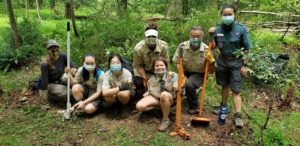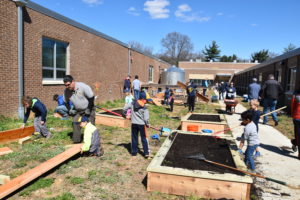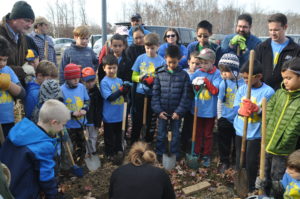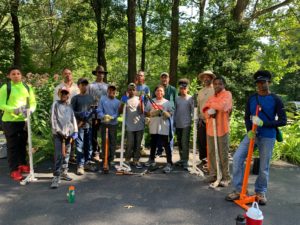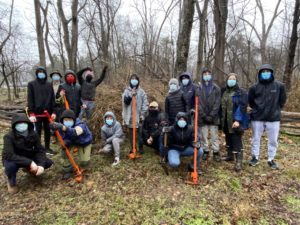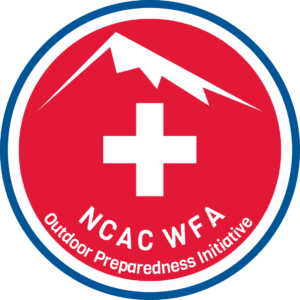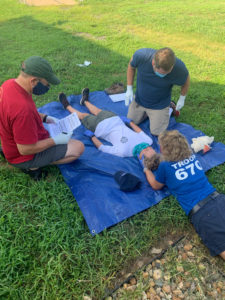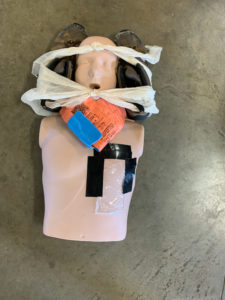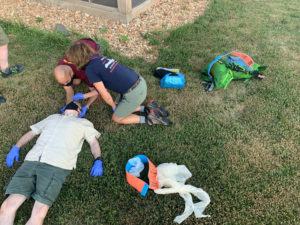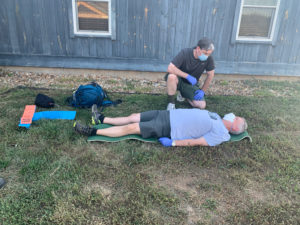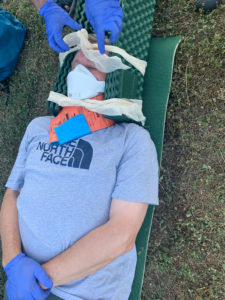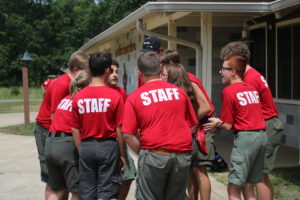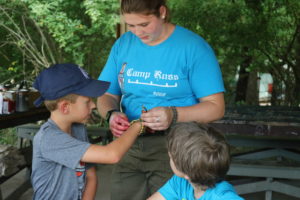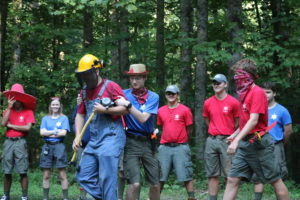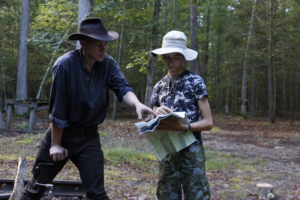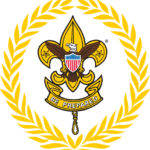The Eagle project of fourteen year old Jack Gray, of Troop 51 in Herndon, is literally historic. Jack and his team recently completed a ten-month, 450 hour restoration project at the Civil War era Lyon Family Cemetery in Loudoun County Virginia.
A site of historic interest at the edge of Brambleton Regional Park in Ashburn provides a glimpse into our area’s past. Featuring grave markers that pre-date the U.S. Civil War, members of several prominent and distantly related Loudoun County families with names like Burdine, Edwards, Havener, Hawes, Jackson, Lyon, Moran, Paxson, and Shryock connect us with events and individuals whose life and times helped shape our own. The site’s historical marker, notes the presence of Private Richard “Dick” Moran, the “Warring Methodist” and an influential member of Mosby’s Raiders – a well know contingent of Confederate soldiers, and a bold disruptor of local union army efforts of the time.
Exposure of the Lyon Family Cemetery to the elements over the decades left headstones sunken, fallen over, or severely tilted. Many were cracked. The spoils of time rendered many of their faces unreadable. The stone perimeter fence– expertly constructed and laid hundreds of years ago— had crumbled under nature’s ongoing assault. A once grand and impressive rectangular wrought iron fence surrounding a large granite marker withered with rust and tilted inward as if in protective crouch.
To restore these grounds, and with it a piece of local history, the fourteen-year-old Gray recruited an impressive array of volunteers to carry out this restorative work. The effort required not only physical repairs, but expertise of skilled craftsmen and local historic preservation organizations.
Chief among these volunteers was Mr. James Short, a former Brambleton Regional Park manager, and owner of a local gravesite maintenance company, Gravesite Guardians LLC. As a project consultant and trainer for the work crew of Troop 51 Scouts and community members helping with the project, Mr. Short conducted onsite demonstrations on marker identification, cleaning, leveling, and re-mounting.
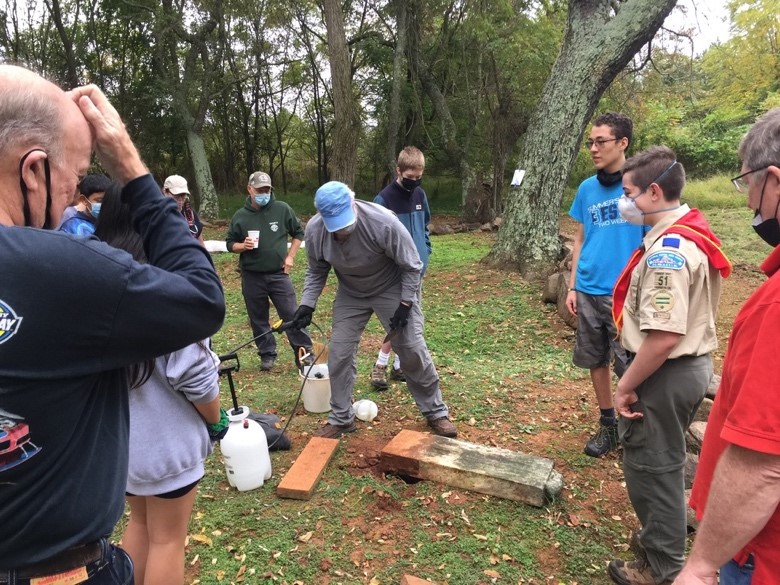
Representatives of local historic preservation organizations contributed their expertise and abilities to the project. The Stuart-Mosby Historical Society, and the Loudon Preservation Society, assisted in archival research, database and information retrieval. Several representatives from the Daughters of the Confederacy gave of their time to help clean and remount headstones. Scouts and families of Troop 51 contributed both physical skill and enthusiasm for completing the effort.
Thanks to the work of Jack Gray and his team, visitors to this site have gained a new opportunity to understand the history of our area and country. With a greater appreciation for the events and individuals who have shaped our society, we as citizens are better prepared to discuss our shared challenges and solutions.
To explore the Lyon family cemetery historic location, and see the work of Eagle Scout Jack Gray and his team, visit Brambleton Regional Park in Ashburn.

